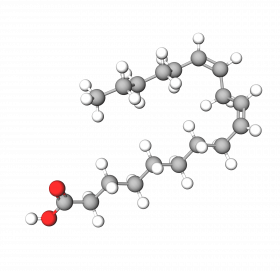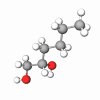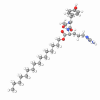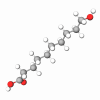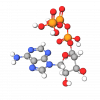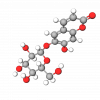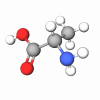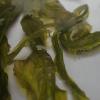Linoleic acid is an essential fatty acid (EFA). EFAs are fundamental constituents of bio-membranes and precursors of biological substances such as prostaglandins, leukotrienes, and hydroxylated fatty acids. However, linoleic acid is not synthesized by the human body and consequently, it must be included in the diet.
Luckily enough, it is abundant as one of the omega-6 fatty acids found in some vegetable oils, in milk and its derivatives, and in some meats. Deficiency of omega-6 results in numerous conditions, including dry hair and hair loss.
Linoleic acid applied topically on the skin has been shown to have anti-inflammatory, acne reduction, and moisture retention properties. Vegetal-derived linoleic acid consists of a C18 linear chain with two double bonds (C18:2n-6). All the possible cis-and trans-conformational isomers are referred to by the acronym CLA (conjugated linoleic acid). Unsaturations can be positioned at C9 and Cll or at C10 and C12.
Highly unsaturated acids, such as arachidonic acid (C20:4n-6), are essential precursors for the biosynthesis of prostaglandins and are involved both in inflammatory processes and in their repair. These highly unsaturated acids can be synthesized in the human body from conjugated linoleic acid consumed in foods. Without such external sources, life would be impossible.Recent evidence also has shown the oral intake of CLA to help reduce fat body mass while at the same time helping to increase lean body mass in obese or overweight persons reportedly due to the reduction of the average dimensions of adipocytes. In common dermatological diseases such as eczema, psoriasis, and atopic dermatitis, modifications to EFA metabolism have been observed.
In most cases, these were due to insufficient intake of linoleic acid and its isomers as initiators of EFA production. Growing scientific knowledge about CLA involvement in physiopathologic processes and the studies performed to clarify its biologic mechanism of action have paved the way for a strategy of employing CLA in the cosmetic domain as a lipo-reducing and anticellulite active, as well as a skin moisturizer and barrier organizer.
